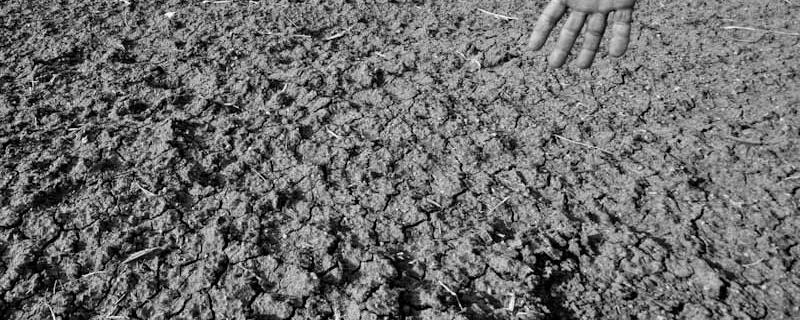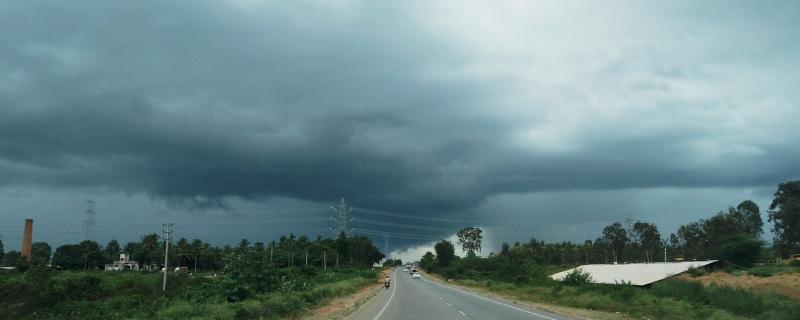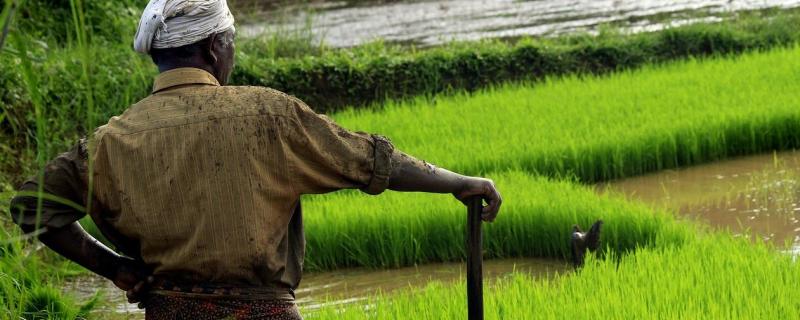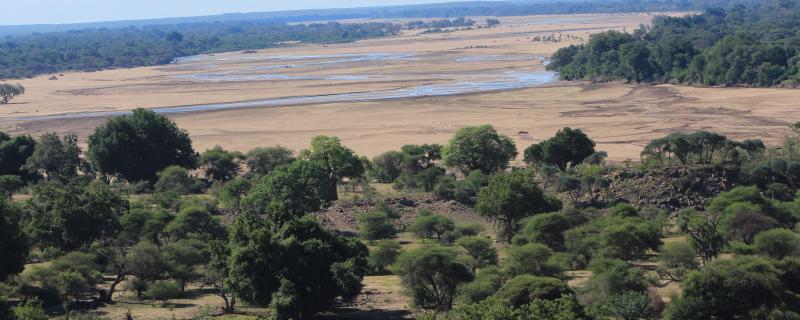Researchers from the Indian Institute of Science, Bangalore; Indian Institute of Tropical Meteorology, Pune; and Florida State University, USA; have mathematically computed a multidecadal variability in the Indian summer monsoon rainfall and the global sea surface temperature. They have established that Indian monsoon rainfall exhibits a 67-year oscillation and is closely linked to the sea surface temperature cycle, which also shows a similar 67-year swing. The study also shows that 80% of all droughts have occurred in the rainfall cycle’s ‘negative phase’, associated with a below-average rainfall; whereas 60% of all floods have occurred in the positive phase, marked with above-average precipitation. Their findings have been published in the Quarterly Journal of the Royal Meteorological Society.





